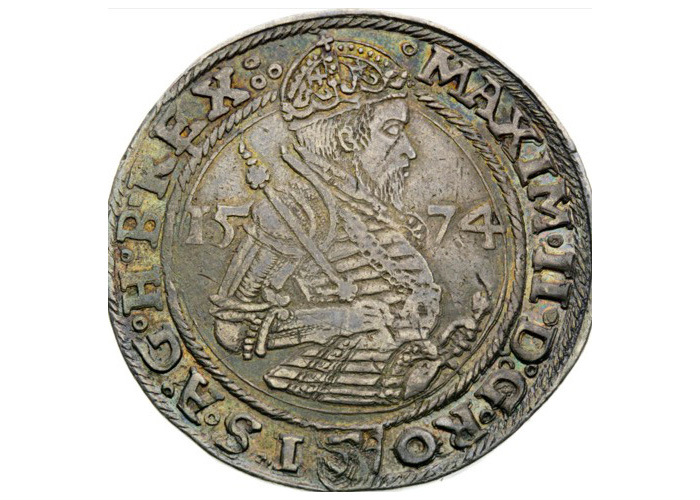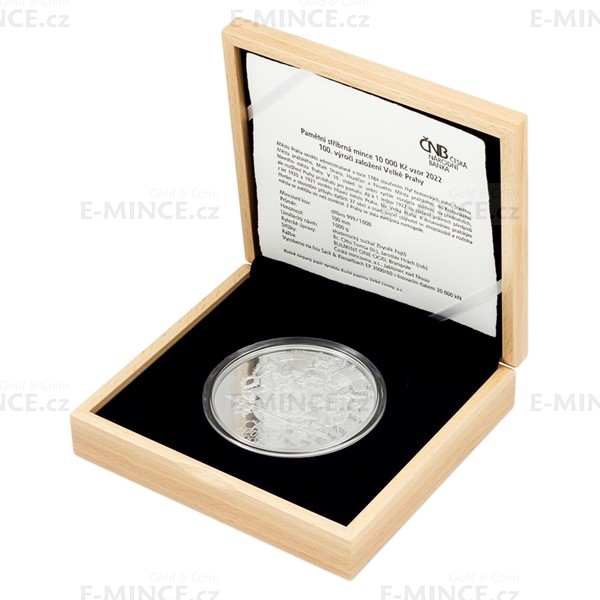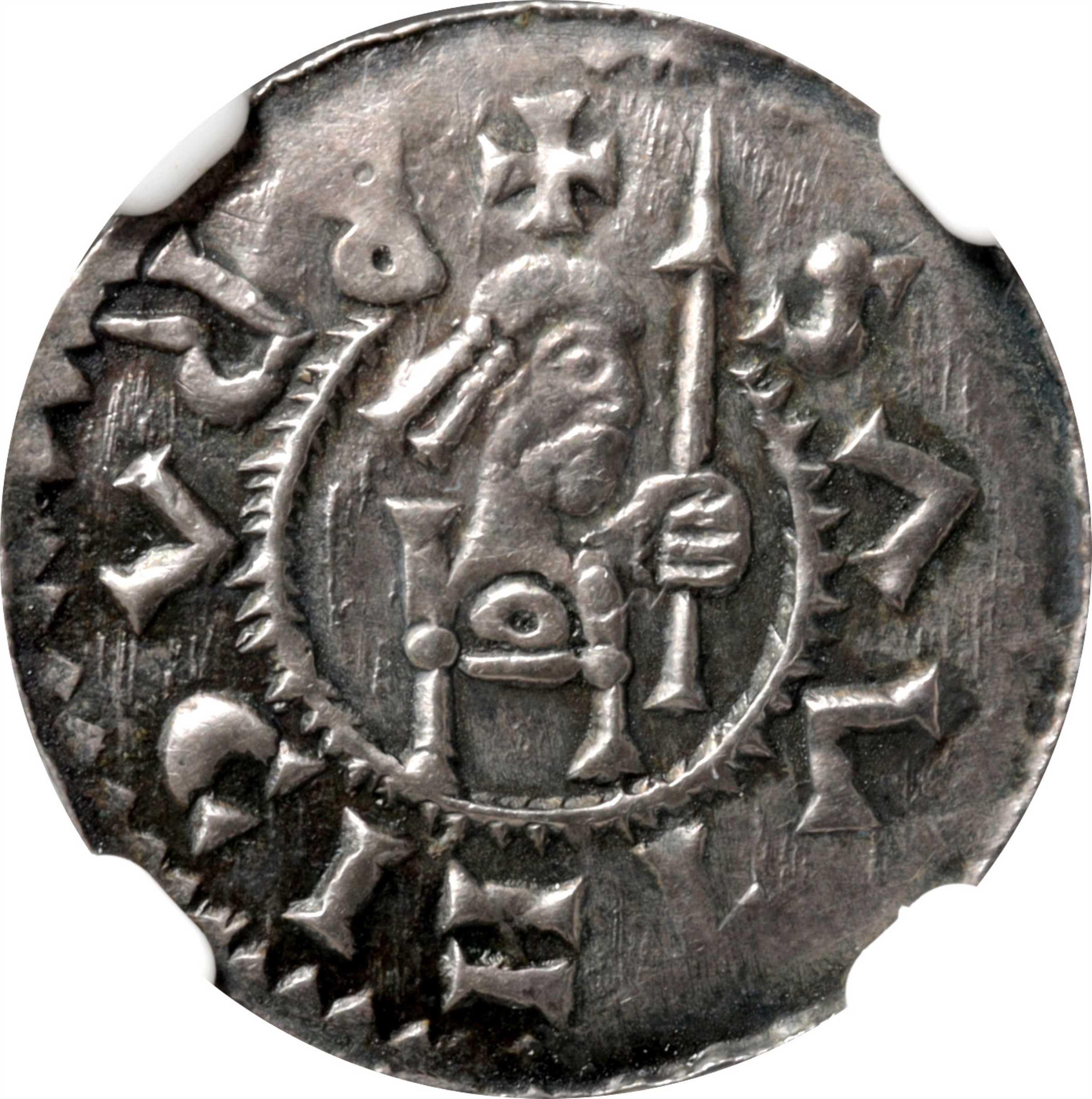Best Suggestions For Plaster Czechoslovakia Medals
Wiki Article
Why Is A Gold Coin Or Medal Digitally 3d-Modeled From A Plaster Cast?
Scanning a model of a plaster to create a digital 3D model for gold coins or medals requires specially designed equipment to record the maquette's physical details and dimensions in the digital format. This digital replica serves multiple functions during the process of production.
3D ScanningHigh-resolution 3D scanners are used to capture the dimensions and the details of a model made from plaster. They can also record measurements and geometry through laser scanning or structured light, as well as other methods.
Capturing surface information - The scan emits light beams or lasers at the model. The reflections or distortions caused by these beams are captured by the scanner, which records the model's surface information.
Data Collection. As the scanner moves over the model, it collects many data points. The outcome is a digital picture of the model's form, contours, or details.
Conversion into 3D Model. Specialized software reconstructs information from the collected information into a 3D model. The model is able to recreate the dimensions and physical attributes of the plaster model.
What are the reasons for creating an electronic 3D model?
Precision and Replication Digital 3D models allow for exact replication of the physical model's specifications and dimensions. This accuracy ensures that the gold coins and medals will exactly match the original design.
Digital models permit easy adjustment or improvement. Designers can adjust the 3D model without altering the original plaster maquette permitting iterative improvement or corrections.
Compatible with manufacturing processes- Digital 3D designs are compatible with various manufacturing techniques like 3D printing and CNC machining, making it easier to make molds and dies for mass production.
Digital 3D model archives and documentation Digital models are archived as records of design. You can save them digitally to be a reference in the future, for reproductions, or to document history.
Through scanning a plaster model and creating a precise digital 3D model, producers and designers are able reduce production time, increase accuracy, and use advanced manufacturing technologies to produce gold coins or medals with precision. Take a look at the best Scanning and 3D Modeling Czechoslovakia gold coins website examples. including 1oz gold eagle coin, coin gold price today, gold coins for sell, small gold coins, ebay gold coins, buying silver, cost of silver coin, 24k gold bullion, sd bullion gold, gold silver bullion and more.
What Can Laser Technology Do? Utilized To Refine Gold Medals And Coins Die Surfaces?
This method makes use of laser technology to refine and produce exact details on the dies used for gold coins or other medals. This is how laser technology can help refine the surface of this method.
The master hub's surface is polished by using laser technology following the initial machining. It can smooth out imperfections or remove burrs.
Detail Enhancement-
Laser engraving or ablation techniques are used to enhance or add intricate details on dies or master hubs. Lasers can precisely etch and remove material to create precise lines and textures or complex designs that are difficult to achieve using traditional machine.
Microstructuring-
Laser microstructuring is the process of creating microscopic textures or designs on the surface of the die. This technique can be applied to create specific textures or designs that enhance the look and security of the coins or medals.
Surface Hardening Treatment, also known as Hardening
Lasers can be used to treat or harden the surface of a die, or a master hub. This process improves the durability and wear resistance that ensures the longevity of the striking process.
Precision Changes
Laser technology enables precise alterations on dies or master hubs that do not affect their overall design. It allows modifications to be done on the surface to remove any imperfections, flaws, or discrepancies that could impact on the quality and worth of the coins and awards minted.
Controlled material removal
Laser ablation permits exact removal of materials. This is especially useful in areas that require fine details to be established. It is a non-contact method of material removal process that maintains the integrity of the surrounding areas.
Utilizing the laser to improve and refine details on master hubs or dies can provide a higher level of accuracy and finer details. Additionally, it enhances overall quality of the die's surface. Laser technology is employed to enhance the surface of dies and master hubs, increasing their performance. Check out the best laser processing Czechoslovakia gold medals website recommendations. including 5 dollar gold coin, 1oz of gold, gold medals, price for one ounce of gold, gold coins and bullion, 1 10 ounce gold coin, $50 gold piece, gold medals michael phelps, gold and silver bullion, coin 1 and more.
How Are High-Quality Gold Bars Measured, Sized And Ready For Minted?
The preparation of gold blanks is meticulously done to ensure that the gold coins or medals produced are consistent and exact. This is the way and how the process of preparation operates. Gold Material Selection - Only pure gold can be used to create blanks. The gold is usually refined to meet specific purity standards required for coinage.
Gold Blanks Production- Gold can be made into blanks using an approach known as blanking or blank-cutting. Blanking is the process of cutting planchets, discs, or disks in the size of coins from gold by using special equipment or stamping.
Precision Weighting and Measuring
Weighing. Each blank needs to be weighed individually in order to satisfy weight specifications for the coin or coin. This procedure ensures that the coin or medal has precisely the correct quantity of gold.
Measuringthe diameter, thickness as well as the overall dimension of every blank are measured with precision instruments to ensure consistency and conformity to design specifications.
Inspection and Control of Quality
Visual Inspection: Each blank undergoes visual inspection to find imperfections on the surface, irregularities, or other impurities that may affect the final product's quality.
Rejecting Blanks that Do Not ConformThe blanks are rejected if they don't meet weight, size or any other quality requirements. This is done in order to ensure uniformity and uniformity.
Justification for preparation
Consistency in the Minting Process. Weighted precisely and measured blanks ensure consistency during the minting procedure. Consistency of weight and dimensions ensures uniformity in the striking. This results in medals or coins that are the same quality and worth.
Affordable Gold Content Every blank's weight is precise, which means the gold coin or medal will have the exact quantity of gold meant to be used, which guarantees precision and purity.
Prevention of Variations- Uniform blanks prevent the possibility of variations in size or weight that could affect the coin's or medal's value legality, usability, or legitimacy in circulation or commerce.
Quality Assurance – Strict controls on the quality of blanks during the preparation stage ensures that only the best blanks are used for minting, reducing the chance of having flaws.
Legal Compliance - It is important that coins intended for purpose of circulation or commemoration adhere to the specifications and meet the legal standards.
It is crucial to make high-quality gold blanks in a consistent way. This will ensure that the gold coins and gold medals produced are accurate valuable, legal, and of high quality. See the top gold blanks for Czechoslovakia gold coins site examples including one ounce gold bullion, 1oz of gold, gold panda coin, gold bars price, 1 10 ounce gold coin, gold coin with angel on both sides, platinum coins, gold penny, olympic gold medal, buying silver and more.

What Happens When Gold Coins Or Medals Go Through Quality Checks To Ensure Adherence To Requirements??
The checks are made to make sure that the coins or medals are in compliance with requirements and also have an accurate surface. These checks are made up of various steps.
The inspectors examine the coin or medal visually for flaws in the surface or imperfections, as well as blemishes. They check for scratches, marks and irregularities that may affect the coin's appearance or value.
Dimensions and Weight
The weight and dimensions of each coin or metal medal are checked to ensure they meet the specifications for the design. Any deviations could signal that there is a problem with the design.
Metal Purity, Composition and composition
In the course of quality assurance, coins and medals are inspected for purity or content by using different methods like XRF analysis, chemical tests or XRF. They must meet gold content and quality requirements.
Edge Inspection
Inspectors look for irregularities and uniformity around the edges. The edges are a crucial location to incorporate security features and additional design elements.
Strike quality
Each coin is scrutinized to determine their quality of strike. This includes the clarity and clarity of the design, reliefs, and the overall appearance.
The Minting Errors and Proofing Errors Mistakes
For special editions or proof coins, careful inspection is conducted to identify any imperfections, mistakes in the minting process, or discrepancies that might influence the value of the coin's collectible.
Packaging and Packaging and
The quality inspections also extend to the presentation and packaging of medals and coins, making sure that they are securely encapsulated and stored in cases or holders without any damage or contamination.
Random sampling and random checks
The high quality of the coins is maintained through random sampling and checking throughout the entire minting process.
Compliance and Documentation
All quality checks are recorded to ensure compliance with the regulations in the field of minting standards, as well as certification requirements. These documents provide evidence of the authenticity and quality of the product.
Rejection of Non-Conforming Pieces-
The medals and coins that don't meet specifications for quality are rejected or sent to reprocessing in order to ensure the integrity and quality of the products that are minted.
Mints and certification bodies conduct these quality checks to ensure that gold medals and coins are in compliance with the standards for authenticity, purity, value and appearance. They also assure collectors, consumers and investors that they are authentic and of the highest quality. Have a look at the top Prague Mint gold medal quality control blog recommendations. including 5 cent piece, spanish gold coins, gold 1 dollar coin, apmex gold coins, 1 oz gold coin, gold buffalo coin, 2000 sacagawea dollar, gold and silver buyers near me, 24k gold coin, double eagle coin and more.

